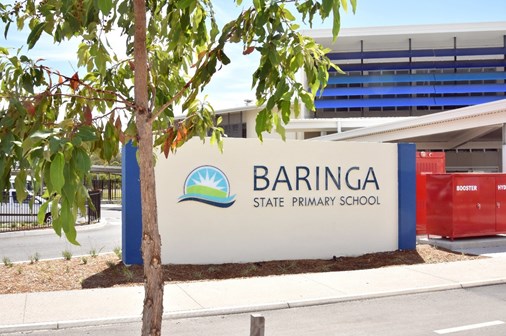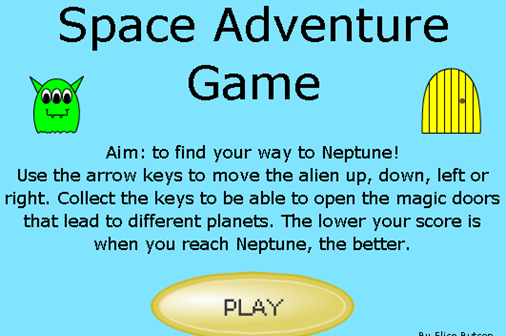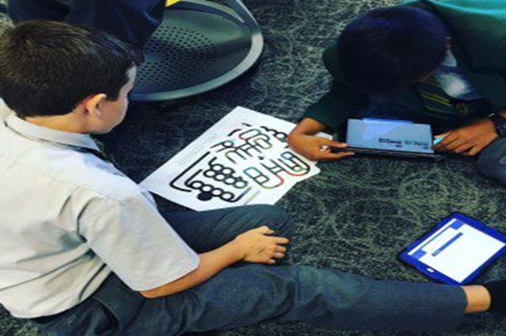School stories
School stories captures real-school approaches that highlight innovative ways Digital Technologies have been implemented. Look at the school stories and take note of program characteristics that may be transferable to your school context.
STEM stories
Many schools choose a cross-disciplinary approach that integrates STEM disciplines around relevant contexts (ie a problem, question, product or issue). The approach aims to develop a deep understanding in the STEM learning areas and building students’ capacity to solve problems while being immersed in authentic learning environments.
Search Stem stories
Baringa State Primary School: Implementation of STEM
Baringa PS uses a cross-disciplinary approach that integrates STEM disciplines around relevant contexts (ie a problem, question, product or issue).

Torrens Valley Christian School: New subject at Year 10
Fiona Clayton describes how their Year 10 Digital Technologies subject has had an impact on numbers opting to go on and study in this area.
Robotics stories
The study of automation through robotics provides an engaging context to learn about core Digital Technologies concepts such as algorithms, digital systems and implementation. It also enables students to draw on systems and computational thinking when solving problems.
Search Robotics storiesProgramming stories
Programming encompasses a range of skills and knowledge. It provides an opportunity for students to implement an algorithm, often using a visual or text-based programming language. There are many authentic contexts that can be chosen to engage students in programming.
Search programming stories
Parramatta Marist High: Building a programming mindset
Kelly Bauer explains how video games are the starting point for Year 7 students at Parramatta Marist High to learn about coding.